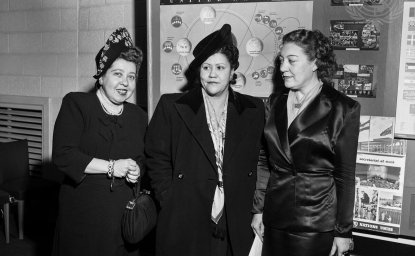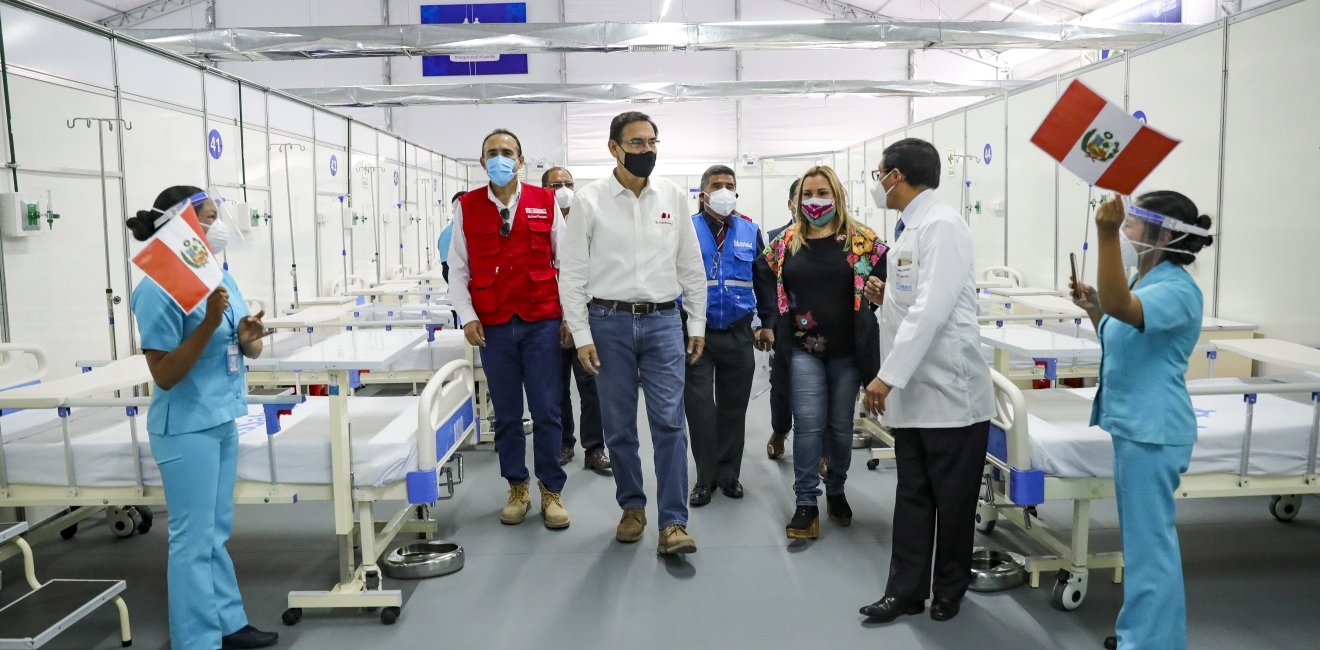
A blog of the Latin America Program
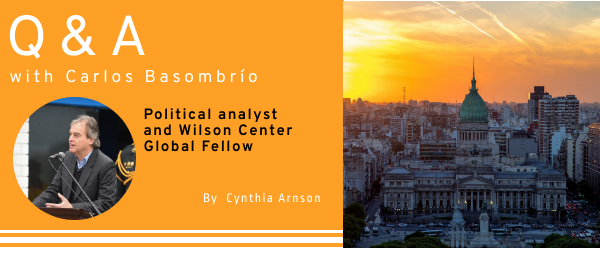
Q. President Martín Vizcarra has been a resolute champion of the fight against corruption. Yet he faced impeachment over alleged corruption issues, an effort that failed by a wide margin. Did the accusations have merit or did Vizcarra’s political opposition in Congress overplay its hand?
A. President Vizcarra has played a particularly important role in promoting political and justice reforms. This in the context of the anti-corruption struggle that has become the most important issue in the country, due to the virulence of the notorious Lava Jato scandal and other serious domestic corruption cases, all of them affecting high-ranking politicians.
At the same time, Vizcarra has championed transparency and meritocracy in government. The congressional impeachment effort centered on this second aspect, more than on corruption per se. For several months, the press had criticized the appointment of people from his entourage, who allegedly lacked minimum qualifications. But then, audio recordings surfaced publicly, in which the president explicitly instructed his most trusted staff members about how to lie to investigators and how to erase evidence of his personal involvement.
There is almost unanimous condemnation of what the president has done, and once his term is over —there is no re-election in Peru— it is likely that the investigations will continue, under special procedures for former presidents. At the same time, there was an equally strong reaction to the fact that those leading the impeachment effort were themselves viewed as corrupt. The pressure of public opinion was decisive in the failure of the attempt to remove Vizcarra from power.
Q. Peru has suffered the worst recession of any country in Latin America due to the COVID-19 pandemic —GDP is expected to shrink this year at double or triple the already dire regional avergae of over nine percent on average. At the same time, the Vizcarra government has instituted a huge stimulus package to mitigate the social effects of the lockdown. Why is the economy doing so much worse than elsewhere in the region? Peru also has the highest per capita mortality rate due to the coronavirus of any country in the world. What has made Peru’s health crisis so much worse than in other countries?
A. The restrictions to tackle COVID-19 in Peru were put in place on March 16. The government decreed a total closure of all borders, a prohibition on travel anywhere in the country, by any method, and a total quarantine. The government also imposed a curfew, from 8:00 p.m. to 6:00 a.m. Given Peru’s successful economic performance in recent years and the magnitude of our international reserves, the government was able to launch the most important economic stimulus and social aid policy in our history, estimated at 13 percent of GDP. Media outlets in Latin America and around the world pointed to Peru as an example: science in the lead and a great commitment to those most affected. The president’s approval ratings reached 80 percent. Four months later, we had failed on the health as well as economic fronts. Peru suffers the highest per capita mortality rate in the world, along with the worst economic outcome in the region.
Explanations for both failures are intertwined. The first and most important explanation concerns Peru’s overwhelming economic informality. Approximately 75 percent of the economically active population works in absolute informality. These people are on the outside —of the banking system, labor regulations, taxation, social protection insurance, etc. In Peru it is possible to be born, grow up, work, consume, take transportation and die, all without any kind of link with the state. With a mixture of arrogance and mistrust, the government believed it could organize the response only with state actors, without involving society via popular organizations, businesses and churches. The delivery of aid bonds resulted in huge lines (an immediate source of contagion) and was slow; just as critical, the assistance didn’t always reach the sectors that needed it most. Informal workers were the ones who, in practice, broke the quarantine in order to survive. They had to choose between eating and attempting to stay healthy.
In addition, informal food markets are still in the majority, and most of the population buys food one day at a time. Transportation is also largely informal; like food markets, transportation lacks the conditions to ensure adequate health protections. And all of this accompanied by a health system that is still very precarious. Together, these factors explain why Peru has fared so poorly. With respect to both the pandemic and the economy, the situation is slowly improving.
Q. Last year saw an eruption of social protest around the hemisphere, and the conduct of the police and military was roundly criticized. Social protests have long been part of Peru’s political landscape. How would you characterize the behavior of the police and military in response to protests and more broadly?
A. Peru did not figure at all in the protests that were so strong in Latin America and other regions of the world in 2019. This is not because the country did not have similar problems —in some cases, the problems were worse. But for many years Peru has not had a tradition of large political demonstrations. What do take place sometimes are violent, but very focused protests, above all over social problems. As a result of the pandemic, there is much more unease, mainly linked to the government’s limitations in addressing social problems and in ensuring basic services for those who become ill (sufficient medicine, oxygen and intensive care, especially). For now, these concerns have not produced massive social protests. With respect to the armed forces and national police, recent years have seen cases of major repression, but fatalities have been very rare. The military has been reluctant to get involved. The most important problems related to the police as well as the armed forces have to do with corruption, not as much with being too repressive.
Authors


Columnist, Perú21

Latin America Program
The Wilson Center’s prestigious Latin America Program provides non-partisan expertise to a broad community of decision makers in the United States and Latin America on critical policy issues facing the Hemisphere. The Program provides insightful and actionable research for policymakers, private sector leaders, journalists, and public intellectuals in the United States and Latin America. To bridge the gap between scholarship and policy action, it fosters new inquiry, sponsors high-level public and private meetings among multiple stakeholders, and explores policy options to improve outcomes for citizens throughout the Americas. Drawing on the Wilson Center’s strength as the nation’s key non-partisan policy forum, the Program serves as a trusted source of analysis and a vital point of contact between the worlds of scholarship and action. Read more


Argentina Project
The Argentina Project is the premier institution for policy-relevant research on politics and economics in Argentina. Read more

Explore More in Weekly Asado
Browse Weekly Asado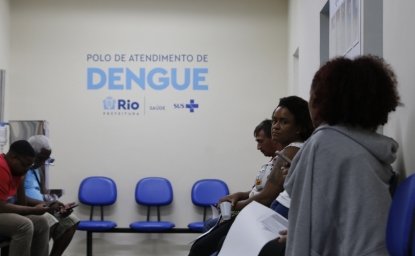
Dengue Haunts South America’s Summers
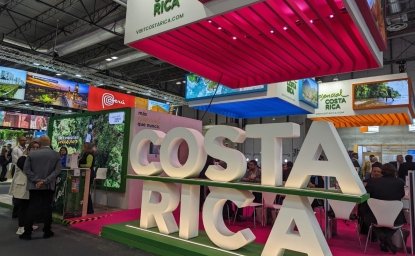
Lessons from Costa Rica’s Economic Transformation

Women and Latin America’s Digital Revolution
